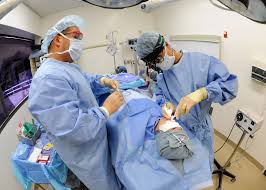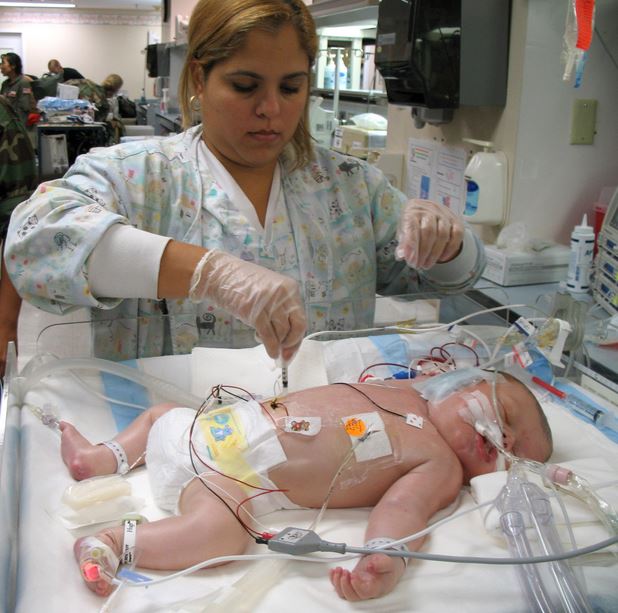Department of Health blames negligent New York hospital for medical malpractice after patient caught fire during surgery
 A fire erupted in a New York hospital operating room while a patient was having surgery. The accident happened in 2014 at NYU Langone Medical Center but the results of the investigation were only recently released by the New York Department of Health. The report was obtained by the NY Post under a Freedom of Information Law request. In the report State investigators indicate that the hospital lacked adequate safety procedures to prevent surgical fire. NYU Langone Medical Center also was not conforming with standard practices to protect patients from these type of fires.
A fire erupted in a New York hospital operating room while a patient was having surgery. The accident happened in 2014 at NYU Langone Medical Center but the results of the investigation were only recently released by the New York Department of Health. The report was obtained by the NY Post under a Freedom of Information Law request. In the report State investigators indicate that the hospital lacked adequate safety procedures to prevent surgical fire. NYU Langone Medical Center also was not conforming with standard practices to protect patients from these type of fires.
Additional medical malpractice was also committed by the surgeon and the anesthesiologist who failed to communicate proprely about which instrument would be used by the surgeon and which gas would be used by the anesthesiologist to check if there was incompatibility or danger. According to the DOH report the surgeon used an instrument that sparked a fire in presence of the oxygen used by the anesthesiologist. The patient was injured but the the extent of the injury was redacted in the report received by the NY Post.
After the accident happened at the beginning of December 2014 the hospital didn’t act to improve safety measures to prevent patients from being injured in a similar manner. It was only after the the Department of Health inspection, at the end of the same month, that the hospital instituted new safety measures related to operating room fires. The measures included changing the oxygen delivery method for surgeries posing a high risk of fire.
 New York Personal Injury Attorneys Blog
New York Personal Injury Attorneys Blog







